No April Fools: National Flood Insurance Program April 2021 Updates
April 1st, 2021
5 min read
By Chris Greene
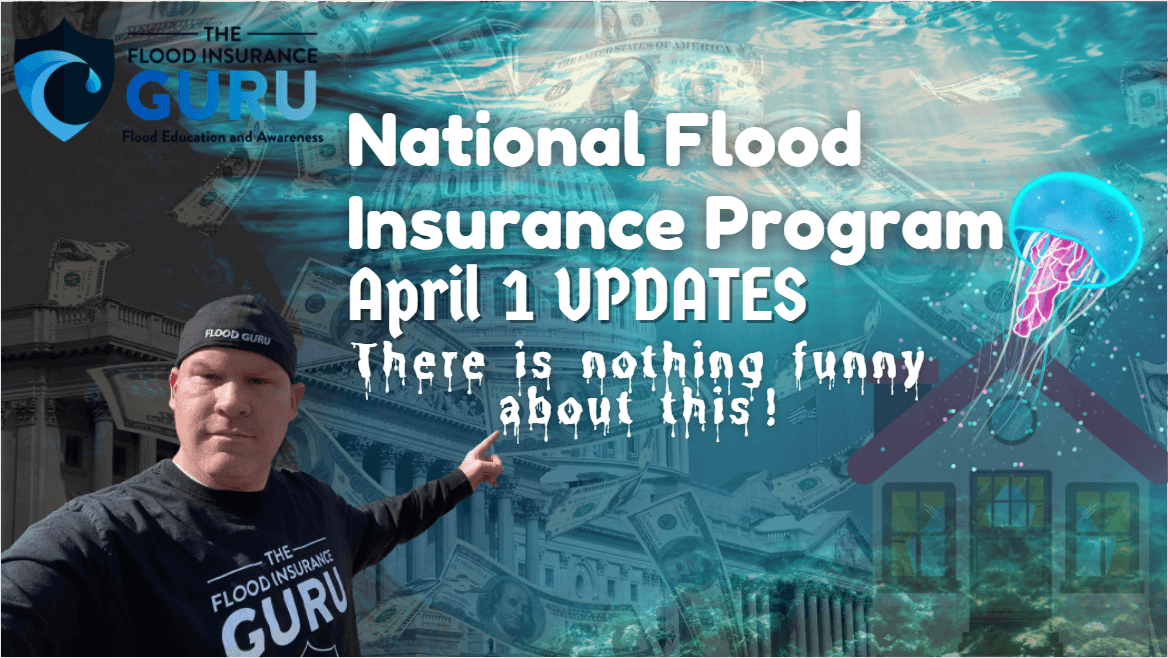
Most people might be waiting for April 1st to come in order to do some jokes and what nots, but for us here in the Flood Insurance Guru, we want you to be up-to-date with the NFIP April 2021 updates.
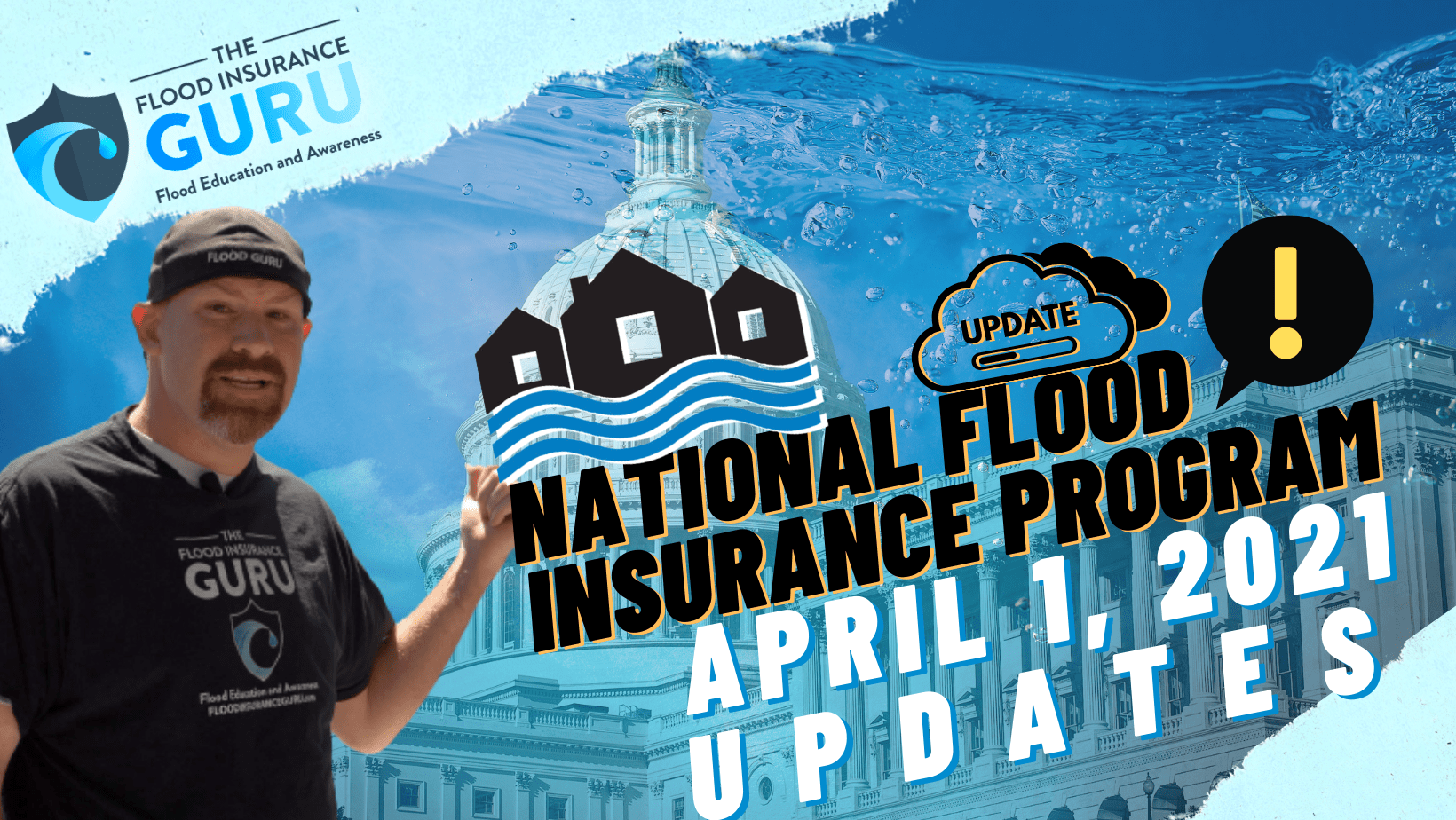
Flood insurance is constantly being improved, optimized, and worked to be more efficient for homeowners however it looks like the April 2021 update won't be kind on its rate changes and updates. Let's look into this changes made by the government, Federal Emergency Management Agency (FEMA), and the National Flood Insurance Program (NFIP) in their latest Flood Insurance Manual. What are the new rates? How will this affect you and how your flood zones will impact your flood insurance rates?
A disclaimer first and foremost, FEMA may update and modify these changes made by the program to implement and better transition to Risk Rating 2.0.
Premiums & Surcharges
As we walk right into the month of April and welcome spring, the NFIP also increases the premium from an estimated average of $880 to $969. This change will have an average increase of 10.2 percent. In this case, you're going to have to prepare your wallet for more expensive premiums from the NFIP.
It's important to emphasize that this goes for every flood insurance policyholders under the government (FEMA, NFIP). This won't look good on your wallet since the higher premium you are paying before this, the higher the increase will be. In comparison, this change is smaller than last year's 11.3 percent.
When it comes to flood insurance, the closer you are to high risk flood zones or the special flood hazard area, like the Flood Zone A, AE, or even VE, the higher your flood insurance rate is. This means that people in Flood Zone X will have lower premiums than people in Flood Zone A which are both going to receive the 10.2% increase regardless. You can understand more about these flood zones by listening to our podcast:
The update also noted that surcharge and policy fees aren't included in the average premium rate. If you'd include that, it will raise your premiums from $990 to $1,080 (9% average increase). This may hurt your secondary residence properties.
Pre-Flood Insurance Rate Map (Pre-FIRM) subsidized policies like non-primary residential, business, severe repetitive loss (SRL) properties, and properties that were damaged or improved will generally receive an increase of 25% per year till they've reached full-risk rates.
Remember that Pre-FIRM properties are buildings or properties that were built before a flood map was established and SRL properties are buildings or properties that received reports or claims of multiple flood damage.
April 2021 Rate Changes for Flood Zones
Flood Zone X
If you have a property within this low risk flood zone, your flood insurance premium will increase to 1.4%. This totals a billed increase of 1.3%. For example, if your home is in Flood Zone X which you pay $1000 premium, this will be updated to $1014. With the NFIP 2.0 update, this also means that if you're getting close to the high risk flood zones, like Flood Zone A, your rate becomes higher.
Watch the video below to learn more on Flood Zone X.
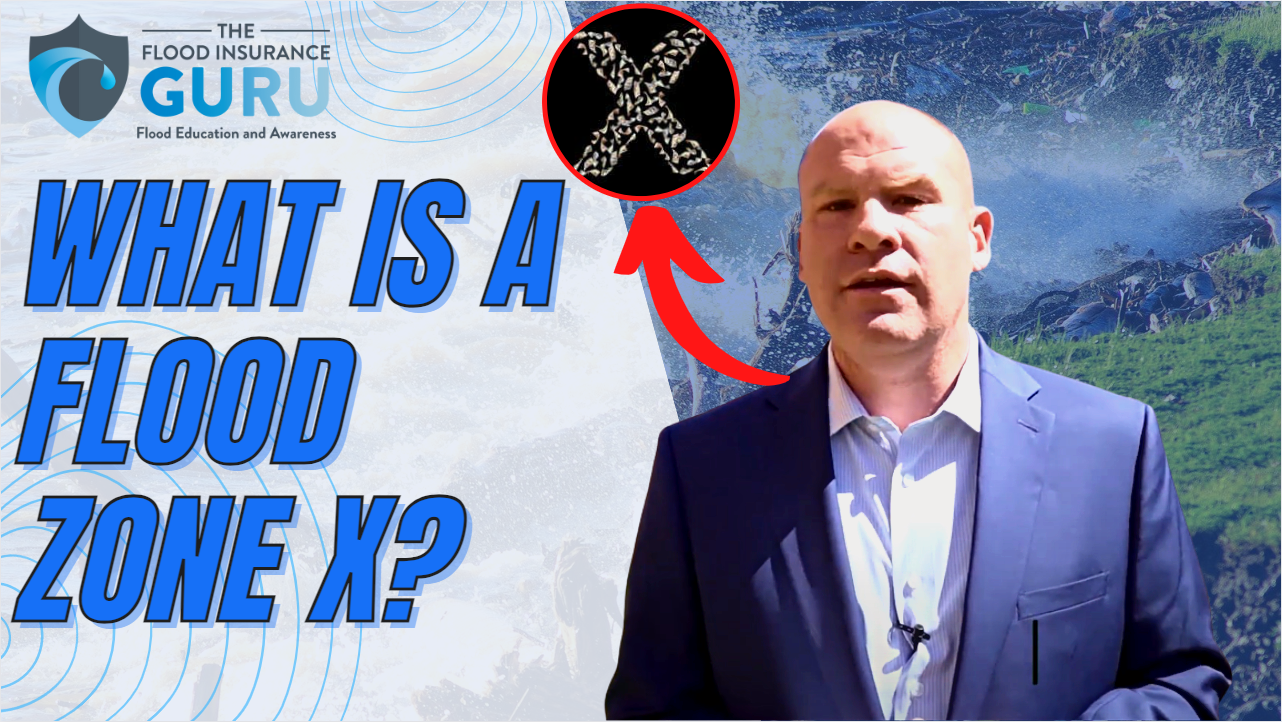
Flood Zone A
If you have a high risk flood zone property, or sits in the 100-year flood zone, specifically the unnumbered A zone, you're going to receive an increase in your flood insurance premium of 1.7% (total billed increase of 1.5%). With the flood map update released last month, it's important to get your home checked with your insurance agent to make sure that you're in the correct flood zone.
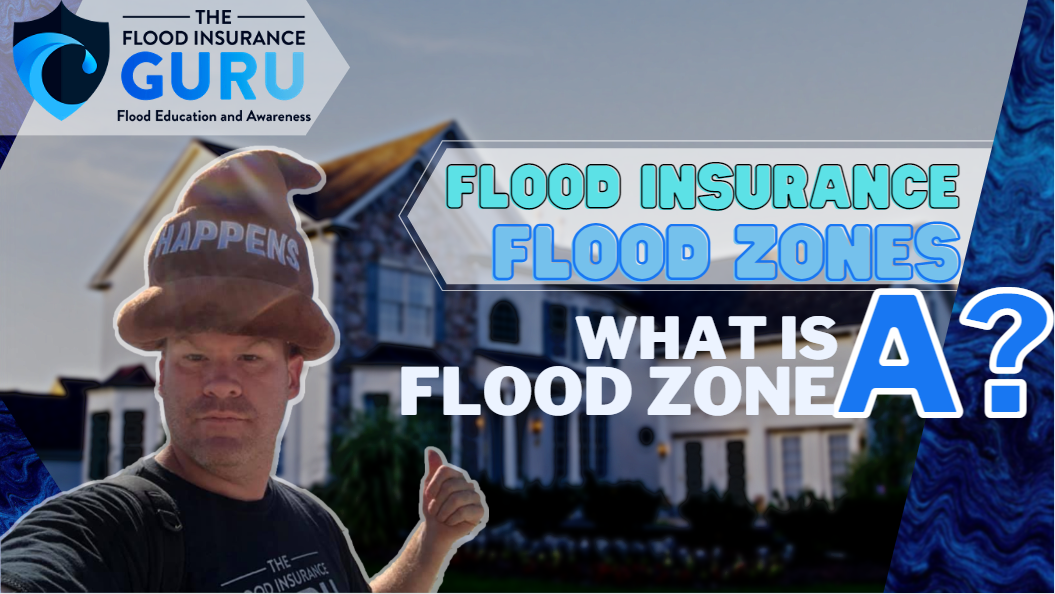
This premium increase is the same with other A flood zones like Flood Zones A1-A30 and Flood Zone AE. Although in these flood zones, there will be a different total billed increase of 1.4%.
Since high risk flood zones generally have a higher flood insurance rate than low risk flood zones, you can expect that if you're already paying $2000 for your premium, then this update will be $2034. It's also important to remind everyone that being in a high risk flood zone or special flood hazard area (SFHA) will require you to have an elevation certificate as per FEMA and NFIP's guidelines. Elevation certificates can cost you from roughly $600 to $2000.
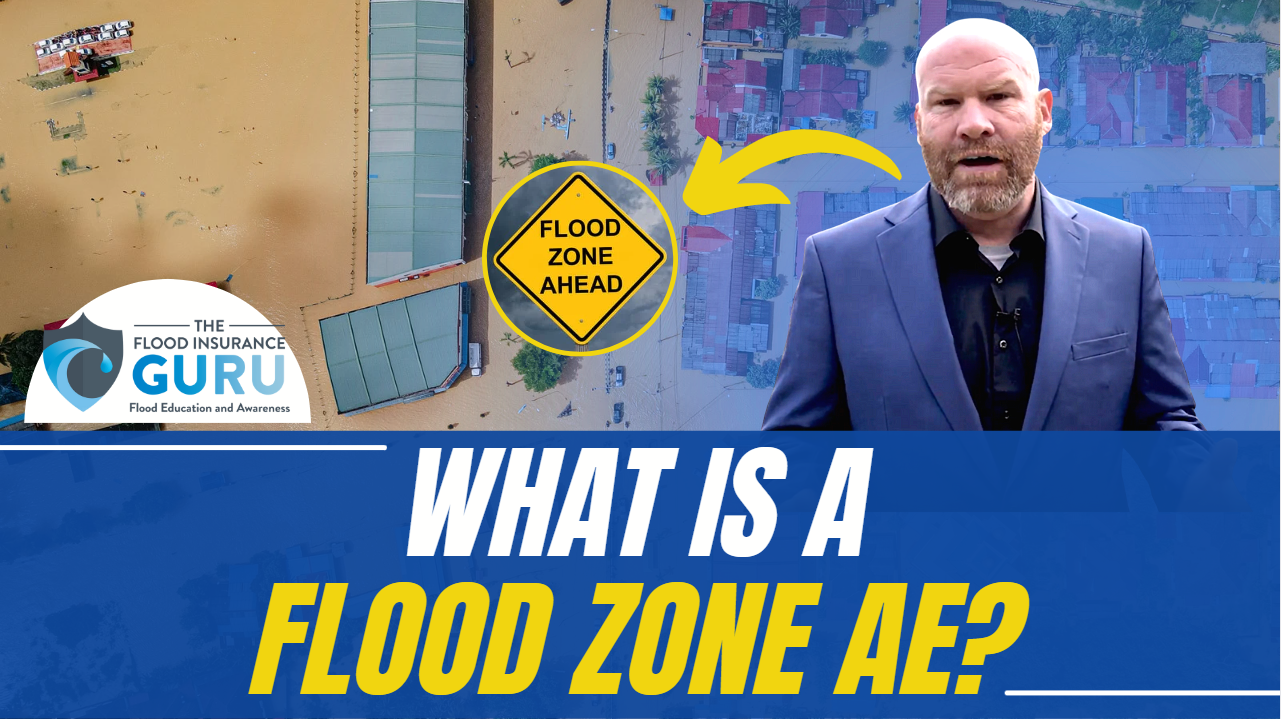
For Flood Zones AO, AH, AOB, and AHB which are shallow flooding zones, a premium increase of 2.7% is expected. This is $54 increase if you're paying $2000 for your premium.
Watch the video below to know the difference of Flood Zone A and AE:

Flood Zone V
Any property mapped on Flood Zone V or the coastal zones will receive an increase again this year. This is because research finds that there's a steady decline and erosion of the coastlines. The increase for these zones will be 0.3%. There's also a big possibility that more properties will be mapped into flood zone V in the following months, if not year. You can also expect an increase in 2022 if you're living along the coasts.
It may not look as much, but if you're moving into a property that has a beachfront, well you're going to pay a much higher premium compared to Flood Zones A despite being considered as both 100-year flood zones.
We covered the difference between Flood Zone A and Flood Zone V in our video below:
What now?
It's important to know these updates since it will directly impact your finances. Yes, your property will be insured by the NFIP, but is it enough to really help you out? Let's go over the things you can do about this update.
Change your Flood Zone
We've mentioned that elevation certificates can be costly especially if you're in the higher flood risk area. If you're buying flood insurance from NFIP, they'll ask that you have this document ready. This isn't just another money vacuum however. We've discussed that through the elevation certificate you can show that you're in the incorrect flood zone and have your property moved to a lower flood risk area. For example, you can be in Flood Zone A in the latest FIRM update, but since your elevation certificate shows that your property sits above the base-flood elevation, you can be moved to a flood zone X.
Once your certificate shows that you're not in the right flood zone then you can have your property removed through a letter of map amendment (LOMA).
Know more on elevation certificate and letter of map amendment through our podcast and video:
Private Market
We've mentioned how the private market can help you get a better deal over your flood insurance policy. If you feel like the coverage that NFIP provides isn't worth paying the increased premium, you have the option to get your flood insurance through private flood or private flood insurance companies.
What are the benefits of getting private flood insurance?
For one, it's important to remember that the NFIP takes time to process flood insurance from application to claims. If your property was moved from Flood Zone X, which isn't required to have a flood insurance, to Flood Zone A or AE, which the government requires that you have flood insurance, there'll be a 30-day wait period for them to complete your request or claim.
This goes the same if you're planning to start a business in these zones. How is it different in private flood? Well, private flood can take only up to two weeks to get your flood insurance settled.
When it comes to coverage, the private flood insurance generally offers more for less. This means that you'll generally receive more coverage like increased building/property coverage, replacement costs, additional living expenses, and more for lower flood insurance rates and premiums. Private flood rarely requires you to have an elevation certificate, so instead of spending money on this, you can actually save it for your business or maybe cover your flood insurance.
It's important to note that you can't get private flood with an active NFIP flood insurance policy. If you're considering a move towards private flood, you may watch our video below to help you out:
We've also covered the difference of the NFIP and Private Flood as well as more details on its benefits. You can click the link or watch our video below to know more:
As we move forward in 2021, we can expect more updates and changes from flood maps, flood insurance premiums, and policies. At the start of 2022, the National Flood Insurance Program will release another update on the changes for flood insurance, and we'll be sure to keep you updated on that as well.
The U.S. has had devastating floods and flood disasters throughout the past month and year. It does look like these floods aren't going to get better since they're more difficult to predict and more destructive than before, so you might want to prepare better for your flood insurance. So, is the NFIP the best flood insurance option? Find out for yourself by click below:
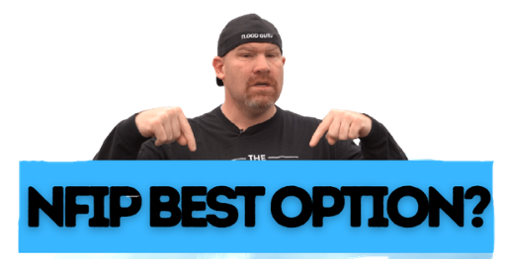
Remember, we have an educational background on flood mitigation and we want to help you preserve the value of your property long term. If you have any questions about your flood insurance, the private flood, flood insurance rates and premiums, or anything at all about flood, feel free to reach out to us by clicking the links below.



